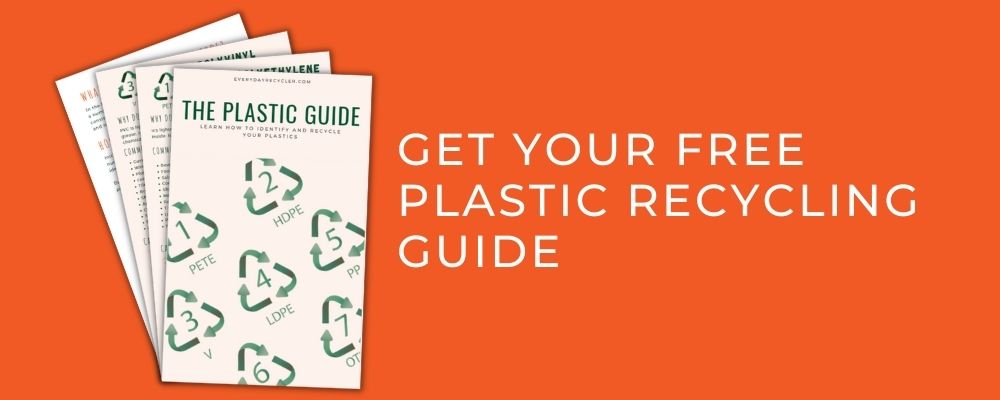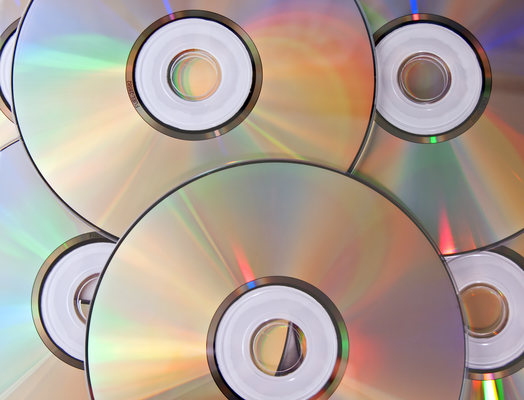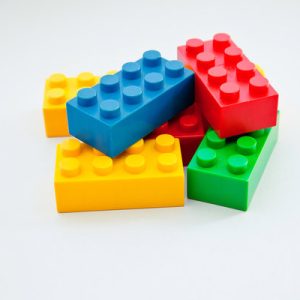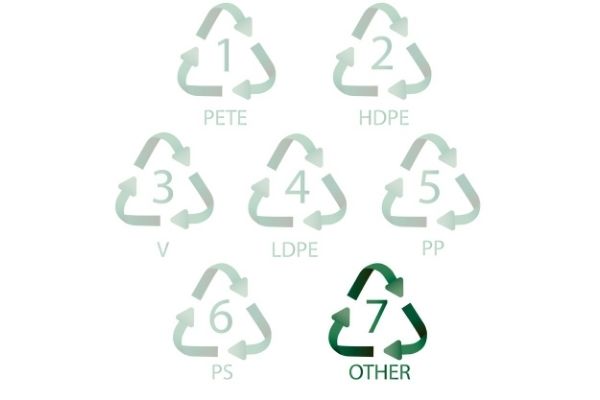Do you want to be a better recycler? A great way to become better at recycling is to learn what the things around us are made of. The plastic resin code or plastic by numbers is a good place to start learning the types of plastic. There are seven groups of plastics in the coding system. Plastic number 7 is used when a plastic does not fit into any of the numbers 1 through 6. It is basically a catch-all category for all types of plastics other than numbers 1 through 6.
This possibly made sense in the 1980s when the resin code was established. Now, more than 30 years later, innovation and development in plastics have made this an extensive and diverse category.
If you want to know about the other plastic recycling codes, here are some links plastic by Numbers overview, plastic No 1 – PET, plastic No 2 – HDPE, plastic No 3 – PVC, plastic No 4 – LDPE, plastic No 5 – PP, plastic No 6 – PS.
You can identify plastic number 7 by the chasing arrows with a seven inside. The category includes recyclable, non-recyclable, and biodegradable plastics. It also has multi-layer or mixed resin types of plastics. Everyday items made from the number 7 plastics are baby bottles, plastic CDs, eyeglasses, car parts, or exterior lighting fixtures.

Defining Plastic Number 7
Some common plastics you might recognize from this group are nylon, polycarbonate, or melamine, and others that you might struggle to pronounce, like Acrylonitrile Butadiene Styrene. Or is it just me who struggles with that one?
Because plastic No 7 is such a large group answering questions like “What is plastic number 7 used for?” or “Can plastic no 7 be recycled?” can be difficult.
Plus, when it comes to recycling, the answer is also not that simple. In general, number 7 plastics cannot be recycled in your curbside recycling bin. However, given how many plastics are in this group, the real answer is more complex. Below we look closer at a few common types of number 7 plastics.
Polycarbonate
Polycarbonates are thermoplastics made from polymers that have carbonate groups in their structure. What is thermoplastic?
Why do we use it?
One of the most valuable properties of polycarbonate is that it’s translucent, almost like glass, while being able to withstand high impacts. It is also very pliable while at room temperature, making it easy to work with for manufacturers.
Polycarbonate is an excellent alternative to glass, and it has a natural UV filter which is why it’s commonly used in windows or eyewear. Polycarbonate or PC is used less these days because of its association with bisphenol A ( BPA).
Some studies are showing that PC releases bisphenol A (BPA), which is particularly hazardous in food storage or items that have contact with food. As a result, there is a lot less PC being used these days. Some countries have even banned the use of PC for baby bottles and formula due to the risks. There are some Polycarbonates that are not made with BPA, so it’s best to look out for the “BPA-Free” label on anything you do buy.
Common items made from Polycarbonate
Here are just a few examples of how polycarbonate is used:
- Glasses or Eyewear
- Bullet proof glass
- Medical devices like dialysis machines or oxygenators
- Car parts like dashboards, head lamps, sunroofs
- Protective gear
- Greenhouses
- CDs or DVDs
- Machinery guards
- Roofing sheets
- The housing for power tools
- 3D printing applications



Can Polycarbonate be recycled?
As with all plastic, polycarbonates will take a long time to degrade in the environment. There is possibly a higher risk with PC, given the possibility of BPA’s being released.
Polycarbonate can be recycled, which is good news. Unfortunately, for us everyday recyclers, it’s unlikely that you can put this material in your curbside bin. You can put bottles and containers made from polycarbonate in your recycling bin in some locations, but it is best to check with your local authority first.
You definitely can’t put your old dashboard, roofing sheets, or power tools in the curbside bin. It is possible that many of these items can be recycled through a specialist recycler.
Polylactic Acid (PLA)
Polylactic Acid or PLA is a biodegradable plastic generally made from cornstarch or sugar cane. It is commonly used in food packaging.
Why do we use it?
PLA is unique from many other plastics as it is biodegradable. Its other characteristics are similar to polypropylene or polyethylene. These characteristics make it very useful as an alternative in food packaging, bottles, and medical devices.
PLA has a low melting point, relatively low shrinkage, and is insoluble in water, which makes it ideal for 3D printing at home.
Common items made from PLA
PLA is commonly used in:
- takeaway storage containers
- takeaway cups and utensils
- medical applications like implants, rods, and screws
- popular for home 3D printing

Can PLA be recycled?
PLA cannot be recycled in your curbside recycling. It is not recyclable because it is classed as biodegradable instead.
Biodegradable means it will break down and return to its original elements when composted. In order for this to work, it must be disposed of in an industrial compost operation. It will not break down in a landfill and unfortunately, it is not easy to compost at home. If it is mixed with your general plastic recycling it can contaminate the PET, HDPE, or other recyclable plastics and cause issues.
If you are using PLA for 3D printing, a few sites explain how you can reuse your waste from printing with an at-home recycling machine. Or you can purchase recycled PLA filaments directly.
We could certainly do with a new identification code for these biodegradable plastics to make sure we know how to handle them.
Acrylonitrile Butadiene Styrene (ABS)
Acrylonitrile Butadiene Styrene or ABS is an opaque thermoplastic made from petroleum.
Why do we use it?
ABS is used because it is lightweight, strong, and has good shock absorbency. It also has excellent resistance to corrosive chemicals. ABS is commonly used for 3D printing because of its low melting temperature and it is relatively cheap to produce.
Common items made from ABS
Some common uses for ABS are:
- Lego bricks
- Computer keyboards
- Power tool housings
- housing for home electrical appliances such as shavers, vacuum cleaners or food processors
- Automotive bumpers
- Golf club heads
- Toys
- Canoes
- Popular in 3D printing
Can ABS plastic be recycled?


ABS is recyclable however as with polycarbonates it cannot be recycled through your curbside pickup. It will require a specialist recycler. Try contacting your local materials recovery facility or local authority to see where you can take it.
If you are using ABS for 3D printing you can possibly reuse your waste from printing with an at-home recycling machine. You can create your own circular economy right in your own home.
There are also many websites that specialize in 3D printing that might provide locations where you can take your waste for recycling or buy recycled material.
Ways to reduce and reuse Plastic Number 7
When we think of recycling, it is easy to focus on the everyday packaging items that generally go into our curbside recycling bins. It is good from time to time to consider all of the other things that we use around our home and offices that are made from plastic. Many of these items are made from number 7 plastics.
These items can be quite difficult to recycle. Even if they are made from recyclable plastic we may not have access to a recycler. It is good to remember to reuse or repair these items instead of throwing them out.
If you are not sure how to repair an item then why not try a repair cafe. This is a pace where you can take an old power tool, for example, and someone with the right expertise will fix it for you. And if it cannot be repaired and you need a new one why not look to buying a second-hand item or even hiring if possible.
Many of the number 7’s plastics can be recycled just not in our curbside recycling bins. Take some time to research and find somewhere that they can be recycled. Maybe contact the company that makes them and see if they are planning a recycling program. If not make it clear, you as a consumer think they should start one.
All these steps will help make these items more recyclable in the future.
Summary
Plastic Number 7 is a complex group. It includes all plastic types except for numbers 1 to 6 including PET, HDPE, LDPE, PP, PS, and PVC. Plastic number 7 has a wide range of plastics with many different characteristics. It includes recyclable, non-recyclable, mixed plastics, and biodegradable plastics.
Some examples are polycarbonates, polylactic acid (PLA), acrylonitrile butadiene styrene (ABS), acrylic, melamine, and nylon.
As there are so many types of plastics and each of these has many applications the list of examples is very long. However, some common items you might recognize are Lego blocks, computer keyboards, takeaway containers, eyewear, CDs, plastic housing for electrical objects, or plastic used for 3D printing.
Most of the plastics in the number 7 group cannot be recycled in your curbside recycling bin. You might, however, be able to find a specialist recycler who will recycle it for you.
We hope in the future all these plastics will become more easily identified and more readily recycled.
If you want to know about the other Plastic recycling codes here are some links:














